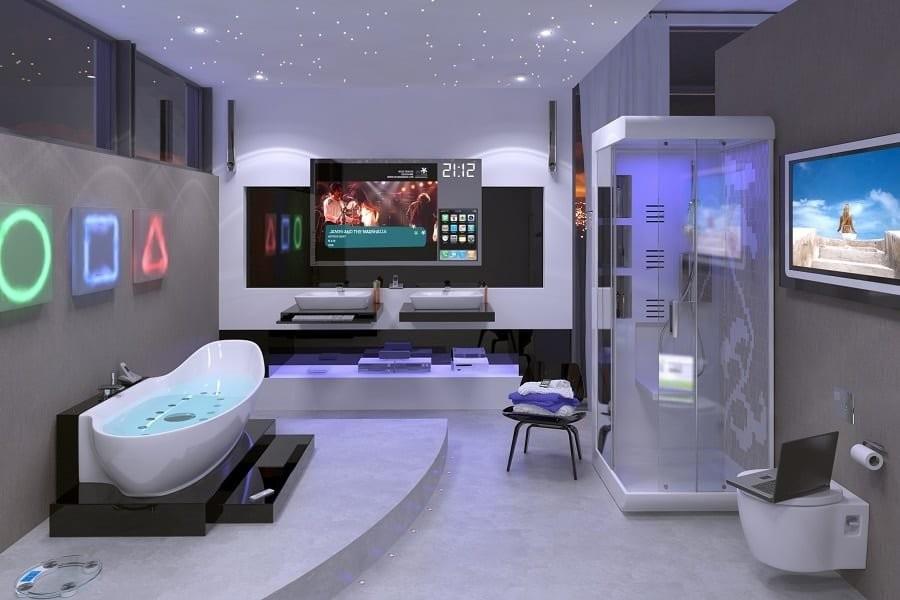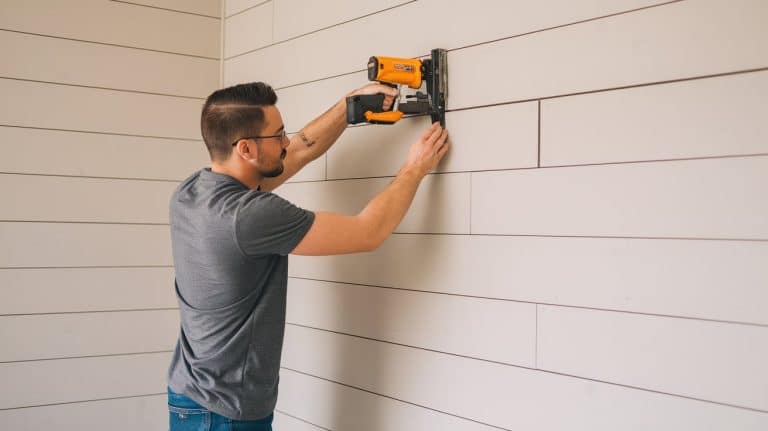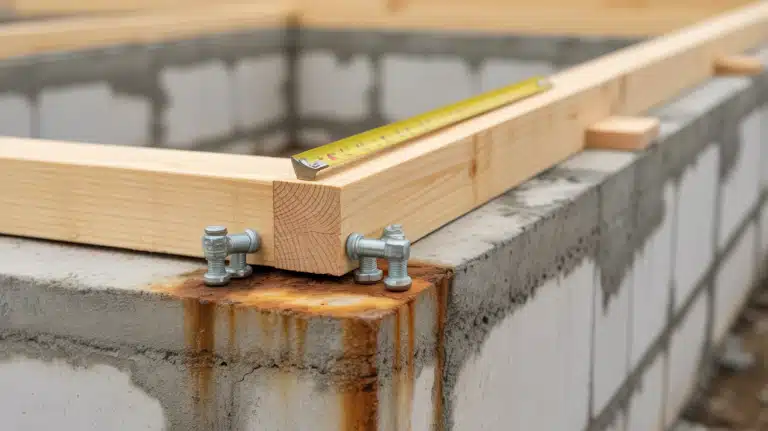A Guide to Choosing Smart Bathroom Accessories
Modern bathrooms are evolving into high-tech spaces equipped with smart accessories designed to improve daily routines. Smart technology offers features like app-controlled lighting, automated hygiene tools, and energy-efficient devices that enhance functionality and convenience. This guide provides practical advice for selecting the best smart bathroom accessories to meet your needs and preferences.
What Are Smart Bathroom Accessories?
Smart bathroom accessories are technology-integrated devices designed to automate and enhance bathroom functions. They offer precise control over environmental factors like lighting, water flow, and temperature settings. These devices are commonly equipped with features such as voice-activated controls, motion-sensing capabilities, and programmable routines. They are also designed to complement optimal layouts in modern bathrooms.
In addition to enhancing efficiency, these accessories focus on eco-conscious design. Water-efficient fixtures, such as automated faucets, help conserve water by providing controlled flows while temperature-regulating devices reduce energy waste. Motion-sensor lighting systems save electricity by activating only when necessary, and self-cleaning toilets enhance hygiene while requiring less manual upkeep.
Popular Smart Bathroom Gadgets
Smart bathroom technology enables advanced features that address hygiene, energy conservation, and user-specific preferences. Below is a list of some of the best bathroom gadgets that can transform any bathroom into a high-tech, functional space.
- Smart Mirrors
Smart mirrors include features like built-in LED lighting for brightness adjustments, anti-fog technology for clear visibility after showers, and integrated speakers for music or voice assistance. Advanced models also provide health monitoring functions, such as displaying weight and hydration levels. - Automated Toilets
Automated toilets offer self-cleaning capabilities using UV light or automatic flushing. Many models include bidet functions with adjustable water pressure and temperature, seat warmers, and deodorizing features. Some also allow remote operation through smartphone apps or voice commands for added convenience. - Smart Showers
Smart showers enable precise control over water temperature and flow through app-based or voice-operated interfaces. Features include programmable settings for different users, eco-modes for reduced water consumption, and integration with lighting or music systems to personalize the shower experience. - High-Tech Lighting
High-tech bathroom lighting systems include motion-activated sensors, color-changing options for ambiance, and app-controlled brightness levels. Many systems integrate with smart home platforms to allow automation based on time of day or user preference. - Personal Hygiene Gadgets
Smart toothbrushes track brushing habits via connected apps and provide real-time feedback for better oral care. Automated soap dispensers and touchless faucets minimize contact with surfaces, improving hygiene. Additional gadgets like smart scales offer health insights by measuring weight, body fat, and other metrics. - Leak Detection Systems
Smart leak detectors monitor water usage and alert users to leaks or overflows in real-time. These systems can prevent water damage and reduce waste by integrating with smart home apps for instant notifications. - Chromatherapy and Aromatherapy Devices
Chromatherapy systems use colored lights in baths or showers to enhance mood, while aromatherapy devices infuse the air with relaxing scents. These features create a spa-like atmosphere and complement other smart devices for a holistic experience.
Factors to Consider When Choosing Smart Bathroom Accessories
Choosing the right smart bathroom accessories is an essential step in a modern bathroom remodel. Evaluate the following key factors to help streamline the selection process and avoid unnecessary complications.
- Compatibility: Check if the smart accessories integrate seamlessly with your existing smart home ecosystem. Devices should work with common platforms like Alexa, Google Assistant, or Apple HomeKit for unified control.
- Ease of Installation and Maintenance: Look for devices that offer straightforward installation, especially if retrofitting existing setups. Opt for low-maintenance accessories with features like self-cleaning mechanisms or durable materials to reduce upkeep requirements over time.
- Budget: Define a clear budget to distinguish between cost-effective options and premium models. Evaluate the long-term value of features such as energy savings and durability when considering upfront costs.
- Energy Efficiency: Choose accessories with eco-friendly features like water-saving faucets or low-energy lighting systems. Energy-efficient devices reduce utility bills and support sustainable practices.
- User-Friendliness: Select gadgets with intuitive controls, such as app-based interfaces or voice commands. User-friendly designs ensure smooth operation for all members of the household.
- Durability and Build Quality: Inspect the materials and construction of the accessory. High-quality materials resist wear and tear, especially in environments exposed to moisture and frequent use.
Creating a Cohesive Smart Bathroom Design
Careful placement and integration of smart devices ensure seamless operation and intentional design. Below are tips to create a well-coordinated smart bathroom design.
- Blend Technology with Minimalist Design
Position smart devices to complement clean lines and uncluttered spaces. For example, install smart mirrors with frameless designs to match sleek surfaces. Choose concealed or flush-mounted fixtures, like in-wall smart lighting or recessed smart showers, to maintain a unified appearance. - Prioritize Unified Control Systems
Incorporate a central control hub or integrate all devices into a single smart home ecosystem. Use apps or voice-controlled platforms to operate multiple features like lighting, temperature, and water flow from one interface, reducing the complexity of managing individual devices. - Incorporate Modular and Scalable Designs
Design layouts that allow easy upgrades or additions to your smart system. Leave provisions for future installations, such as concealed wiring or modular storage spaces, ensuring that new devices can integrate seamlessly without requiring major renovations. - Plan Strategic Lighting Configurations
Combine smart ambient lighting with task-specific fixtures. Install motion-activated lights near sinks or showers for focused lighting, and use primary smart lights to set the overall ambiance. - Optimize Layouts for Accessibility
Arrange devices to prioritize convenience. Install smart controls near entry points or at reachable heights. Position key features like automated faucets and bidet controls within easy reach for convenient use. - Ensure Seamless Integration with Plumbing and Electrical Systems
Coordinate smart device installations with plumbing and electrical layouts during remodeling. Pre-plan for the placement of smart showers, faucets, and lighting to avoid conflicts and ensure smooth operation.
Final Thoughts
Embracing modern bathroom technology allows homeowners to create spaces that prioritize convenience and long-term savings. Starting with a few key devices, such as motion-sensor lighting or a smart thermostat, provides a foundation for exploring additional upgrades. Expanding gradually ensures compatibility with your home and budget, helping you build a smarter bathroom over time.







